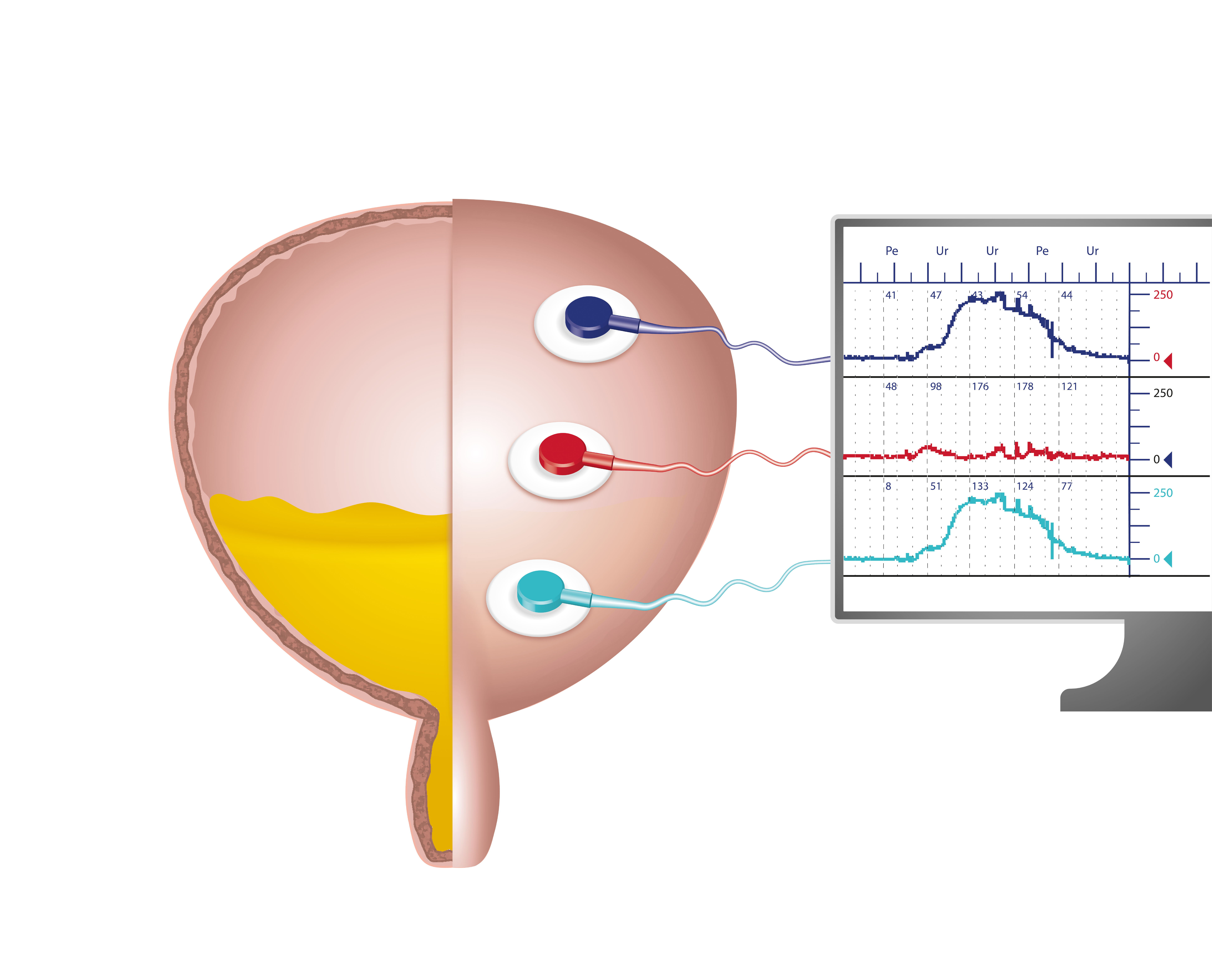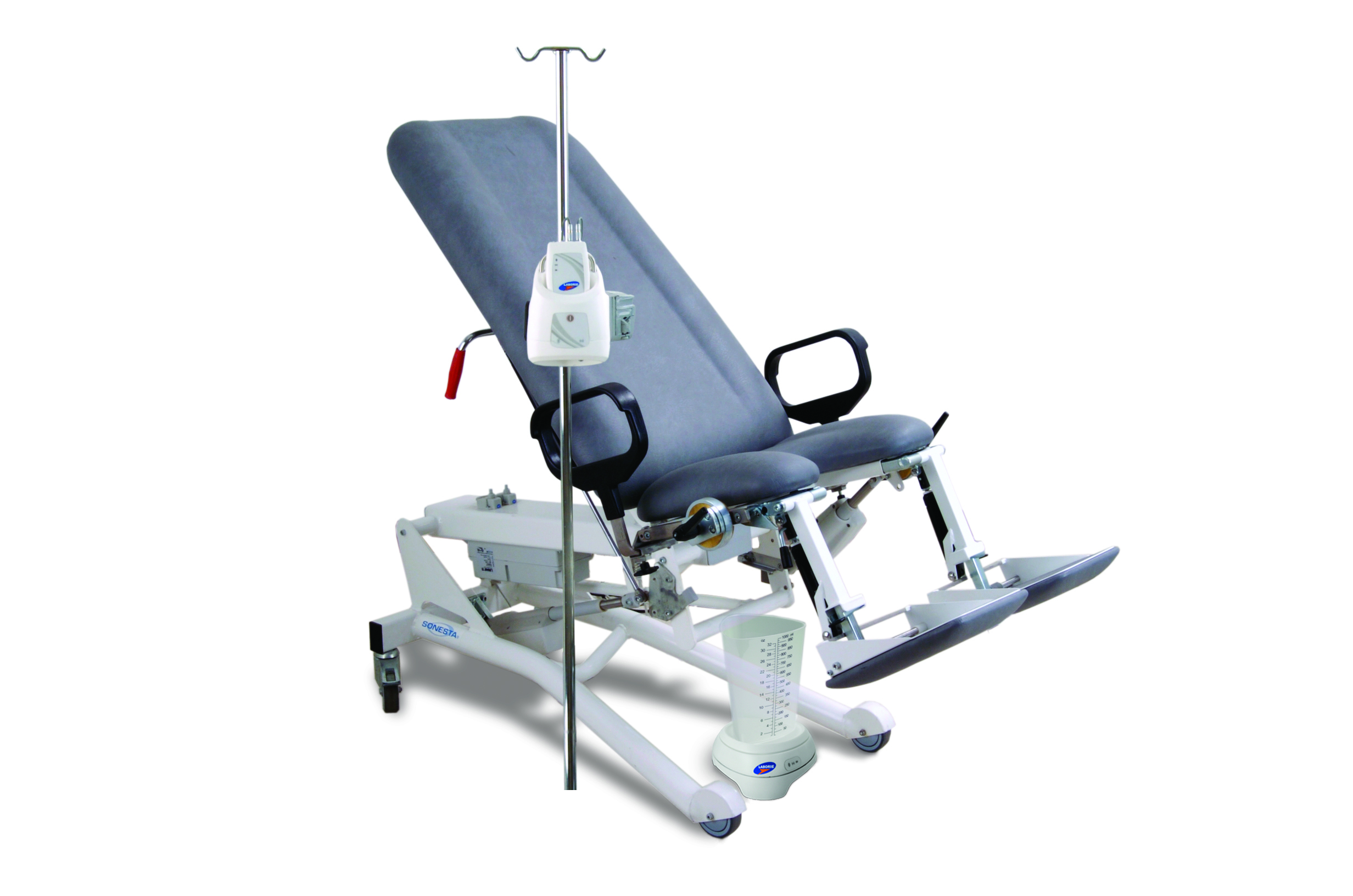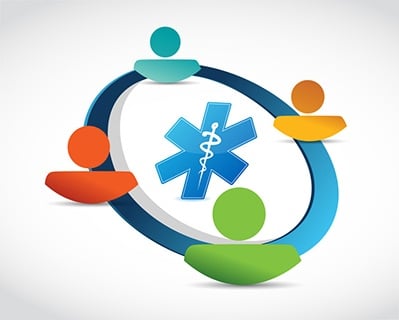Urodynamics (UDS) testing is usually performed in conjunction with a slew of other urologic tests and functions in concert with other diagnostics. This blog post will explore other common tests used in patients who will be having UDS testing and explains the indications and data that come from those other assessments.
All patients who have UDS will undergo a comprehensive history, physical and laboratory testing. The history will focus on the specific urologic complaints the patient has, but also bowel issues, neurologic disorders and whatever medications the patient is on as well. Surgical history, especially related to urinary tract and anti-incontinence surgery is critical as is diet information. Lab testing will include a urinalysis to search for blood or infection, urine culture if infection is suspected, and many patients will have serum lab testing to assess kidney function.
Read More
Topics:
Urodynamics Testing,
outsourcing diagnostics,
urodynamics service provider,
Uroflowmetry,
Urology Practice Trends,
Post-Operative Urodynamics
UDS is a critical procedure in the practice of urology and the management of voiding dysfunction in men and women. All urologists receive exposure to UDS testing during residency training. In the United States, residents are required to perform and interpret 10 UDS studies in order to graduate from residency. In addition, some residents choose to undertake fellowship training in Female Pelvic Medicine and Reconstructive Surgery (FPMRS), where substantial exposure to UDS is had. UDS testing certainly is utilized in significantly more patients and a part of care for many other patients encounter during training; however, as with many other skills, there will be a wide range of exposure during training and quality will certainly vary between programs.
Read More
Topics:
urodynamics,
urodynamics training,
clinical operations,
urodynamics service provider,
Medical Practice Operations
There has been a recent trend on the part of both pharmaceutical and medical device companies to employ nurses and then deploy them in the field in different roles to support their products—the products being drugs and devices, respectively. Given the clinical background and medical knowledge of nurses, this has been a win-win situation for everyone, including the end users of the products, such as patients and healthcare teams and professionals. For medical device companies that have overlooked the trend, it’s something that needs to be given some serious thought since nurse educator services can have a meaningful and lasting impact on medical device utilization rates.
Read More
Topics:
Brighter Health Network,
urodynamics training,
urodynamics staffing,
ancillary services,
urodynamics service provider
If you ended up on this blog post, you are probably thinking about buying urodynamic equipment or are evaluating purchasing options. If you are, I am going to lay out an argument for not buying it. As with purchasing any medical equipment, there are many hidden pitfalls. I want to lay out some of these pitfalls and detail an alternative to buying urodynamics equipment.
Read More
Topics:
urodynamics interpretation,
urodynamics service provider,
urodynamics profitability,
Medical Practice Operations
The effective provision of medical device field service is not a simple process to optimize. There are many factors that influence operations, from resources and technology to staff management and coordination. Field service organizations that keep track of all of these different factors manage to provide a seamless and efficient service and keep their customers satisfied.
But no business is perfect from the get-go. In most cases, a period of trial and error is unavoidable while getting a grasp of the intricacies of running and managing field service operations, especially when it comes to medical devices. Being aware of the most common mistakes made in the delivery of field service support can significantly shorten the learning curve.
With that in mind, here are some of the most common errors that medical device field service organizations commit while providing and managing their service:
Read More
Topics:
outsourcing diagnostics,
urodynamics staffing,
clinical operations,
urodynamics service provider,
Medical Device Field Service
Strategic Partnering.
Is your OBGYN practice a failing business? BHN (Brighter Health Network) would like to know. So should you.You’re busy. Your parking lot has a brisk turnover and your lunches are hurried. CME costs much more than tuition when you add up the money lost while out of your office. You have good months most of the time, but you also have your “marginal” months. All the more confusing is that today’s shortfall is based on what you did six weeks ago, while the piper who demands payment demands it today.
Read More
Topics:
urodynamics staffing,
urology,
urodynamics service provider,
urodynamics profitability
My company provides mobile urodynamics, anorectal manometry (ARM), and other diagnostic testing services, serving hundreds of practices and hospitals across the U.S.
We are considered a core service by many of our customers, but we are considered ancillary services by others. We are regularly exposed to the ancillary medical services marketing efforts that practices pursue to attract patients to their ancillary services.
Many marketing efforts are quite successful, while others yield almost no results. Below are a few of the ones we see working consistently.
Read More
Topics:
urodynamics,
ancillary services,
urodynamics service provider,
Medical Practice Operations
Urodynamic services can be added to your medical practice to help increase your net income. The reason for this is that additional urodynamic services can increase your revenue by increasing the cost of the service and lowering reimbursements.
Before you decide to add extra services to draw in potential patients, you’ll want to ask yourself five distinct questions. These questions can help determine if adding additional urodynamic services can benefit your business.
Read More
Topics:
urodynamics staffing,
ancillary services,
urodynamics service provider,
urodynamics profitability,
Medical Practice Operations
Boosting your practice’s revenue requires you to add additional services for your patients. Some of these services should include nutrition, urodynamic testing, imaging, and an in-house pharmacy. By adding these services, you will better be able to provide your clients with better healthcare. So, how do you know that adding urodynamic services is going to be beneficial for your company?
We want to help you better understand how to give your patients enough services. Below, we will answer some questions regarding the addition of different services, especially urodynamics, and why they are good for you and your clients.
Read More
Topics:
urodynamics service provider,
urodynamics profitability,
urology practice marketing,
Uroflowmetry










